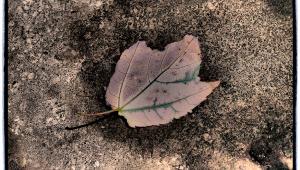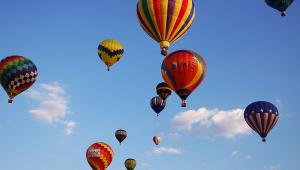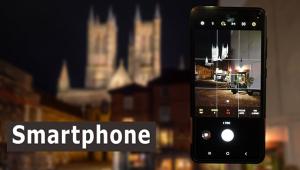Visiting Italy
Extraordinary Light, Great Landscapes, And Fantastic Food
Italy has to be one of the
greatest places I know for a photo vacation. It is virtually impossible
to take a really bad photograph there. |
|||
Italy is steeped in time. You
walk streets whose buildings may be hundreds of years old and whose stones
are bathed in soft sunlight. You shoot because the scene is something
you want to keep forever. It might be the people congregating on the Spanish
Steps in Rome or the courtyard of a medieval palace turned into a museum
in a small city in the mountains. Walk the streets of Florence and you'll
see image after image. Some of them will be familiar, but you bring your
own point of view to every photograph. You'll certainly photograph
the Ponte Vecchio in soft, late afternoon light, the people along the
Arno River, and dozens of other subjects. Cross the Ponte Vecchio and
wander the streets away from usual tourist places. |
|||
Speaking of Venice, simply
sitting at a table in an outdoor cafe on the Piazza San Marco is a great
way to shoot people pictures. Just sit there and watch. There are times
when I set the camera with a wide angle focal length on the table and
aimed at the general area in front of me. When I see an image I press
the shutter release. People feed pigeons, gossip, flirt, and youngsters
play. Tired of the tourist centers? The side canals have their own special
light. Just wander around, letting the images find you. You may even get
lost, but finding your way back to your hotel in Venice never seems to
be a problem. |
|||
Getting to Fano is relatively
easy to reach even without a car. We took the train from Rome and arrived
in about three hours. Be sure to know when your station is coming up well
in advance and get to the door. You may have to take the offensive in
getting off since the train doesn't stop very long and people are
in a hurry to board. Our first night there we hunted around for a place
to have dinner and chose the dining room at the Hotel Grace by chance.
While seafood in Fano is outstanding, try the pasta with truffles at the
Hotel Grace. The pasta is brought to the table and the truffles ceremoniously
scraped on to the pasta. Truffles may be as important as gold in Europe.
They have a culture all their own that involves a sometimes clandestine
market and a taste that defies description. |
|||
We rode out of Fano the next
morning heading for Urbino, an old city with roots in medieval Italy.
You pass miles and miles of farms, tiny villages, and magnificent cypress
trees. The landscapes, even in early afternoon sunlight, are fantastic.
It's pretentious to advise shooting only early in the morning or
late in the afternoon. It's rare when you travel that the image
and the right light happen at the same time. A polarizing filter is a
good idea. The polarizer helps cut reflections and enhances the blue in
the sky. You might want to try a warming filter--an 81A for example to
add depth to the color. The vista from the high point of the road as you
approach Urbino is breathtaking, but actually getting to Urbino involves
an uphill climb. Don't miss the Palazzo Ducale, which has great
views of the town. Through the windows of the Palazzo, you can see a wonderful,
col-umned courtyard and beautiful medieval art treasures. Take the guided
tour or do it on your own. The view from the main piazza--Piazza Della
Republica--is not to be missed. |
|||
On the road from Fabriano to
Gubio is one of the world's most unique grottos. You aren't
allowed to photograph in the Grotto Di Frassani, but it's one of
the most important geological sites in Italy and worth visiting. Shining
white and pink stalagmites and stalactites in fantastic shapes make it
an experience. From a photographic point of view you'll be surrounded
by the Apennines, one of the most magnificent mountain ranges in the world.
You may be sorry you didn't carry a larger format camera. Next trip
I plan on taking an old twin lens Rolleiflex that still produces great
images. |
|||
Every small town and village
has its photographic potential, but if you plan to go to Assisi it might
be a good idea to stay in Spello. Hilltop hotels are away from the usual
tourist crowds and close enough to Assisi to make it an easy trip by cab. |
- Log in or register to post comments
























































